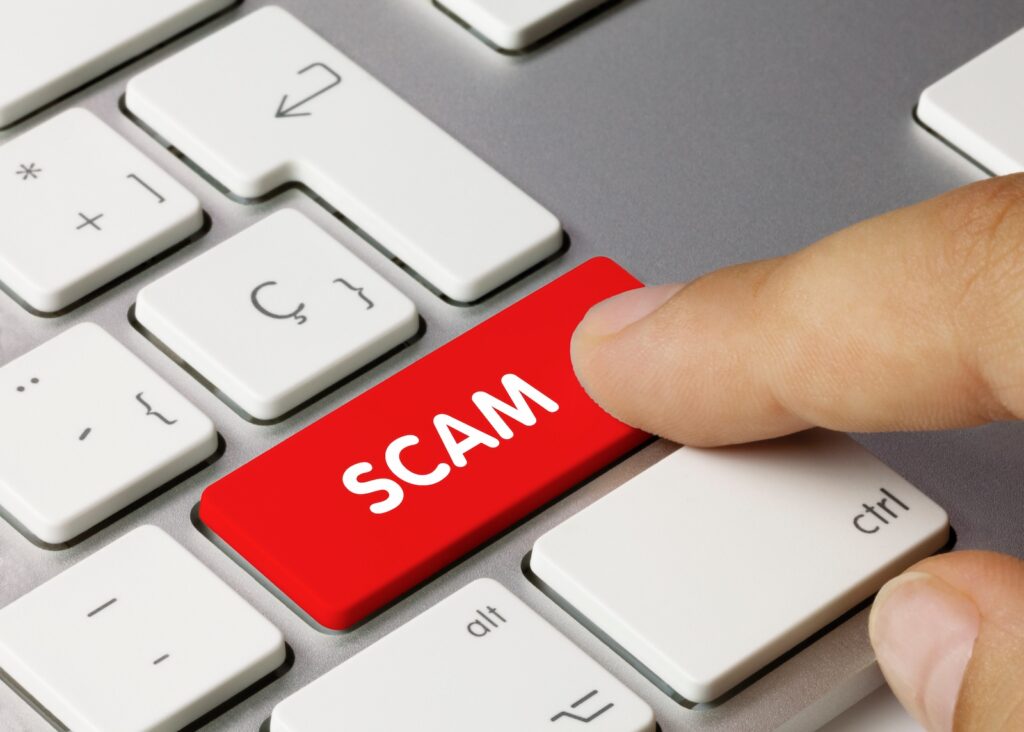Businesses and Customers Beware: Rising Fake Invoice Scams
In a world where transactions are increasingly conducted online, a new kind of threat has emerged, targeting both businesses and their customers. Scammers, always looking for new ways to outsmart the unsuspecting, have now resorted to imitating legitimate businesses by sending out fake invoices. These deceptive documents are crafted with one goal in mind: to divert payments to scam bank accounts, leading to financial losses for both parties involved.
These scammers employ a cunning tactic. They closely monitor transactions and wait for an opportune moment when a customer expects an invoice from a business. This could be for services rendered or for products delivered. Then, seizing the moment, the scammers send a counterfeit invoice. To the untrained eye, this invoice appears genuine. It mimics the design, language, and even the specific details of the real business’s billing communications. However, a critical difference lies within the payment details. The account listed is not the business’s but rather belongs to the scammer.
For businesses, this form of identity theft can be devastating. Beyond the immediate financial losses, the damage to a business’s reputation can have far-reaching consequences. Customers, feeling betrayed and financially hurt, may lose trust in the business, believing it to be negligent or directly complicit in the fraud. This breakdown in trust can lead to a loss of clientele and, ultimately, a significant dip in revenue.
Customers, on the other hand, face their own set of challenges. Many feel a sense of security when dealing with established businesses, especially those they have dealt with in the past. This confidence makes them prime targets for such scams. When they receive an invoice, particularly one that coincides with their expectations regarding timing and purpose, their natural skepticism may be lulled into complacency. The realization that they have been scammed, often after money has been transferred, can lead to not only financial difficulties but also feelings of betrayal and frustration.
How, then, can businesses and customers protect themselves from falling prey to these deceptive practices? The first step is awareness. Recognizing that such scams exist and are a growing threat is crucial. Businesses should regularly remind their customers to verify invoice details and to be especially wary of any changes in payment information. Simple steps, such as confirming changes through a direct phone call using a known number, can significantly reduce the risk of falling victim to these scams.
For customers, a healthy dose of skepticism can serve as a powerful tool. Confirming the legitimacy of invoices by contacting the business directly, especially before making significant payments, is a prudent practice. It’s also beneficial to be familiar with the usual billing practices of the businesses you engage with. Any deviation from these practices should raise a red flag and warrant further investigation.
As scammers become more sophisticated in their methods, staying one step ahead requires both vigilance and a commitment to security practices. Businesses should consider investing in secure invoicing systems and regularly updating their customers on how to verify

